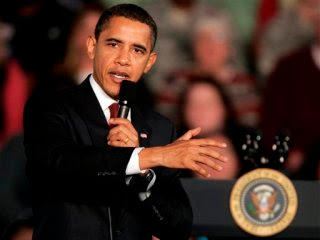In some places, a Lenten ritual that has been a mainstay of Catholic parish life for decades is still going strong:
The line starts forming when the doors open at 5 p.m. and it doesn’t let up, snaking around the hall at St. Frances Cabrini Parish. Men in blue vests — members of Knights of Columbus Archbishop Casey Council 9349 — ask people whether their sacrifice will be of the fried or baked variety.
Kids with skateboards and men with canes share tables. Warnings that “fish have bones” are plastered all over the walls. There are jokes, speeches — and one complaint that the lemonade is too weak.
Scenes like this one in a Denver suburb play out each Friday during Lent under the fluorescent glow of a thousand Catholic parish halls. The old-fashioned Lenten fish fry soldiers on, giving Catholics an opportunity to observe their meatless Friday while bolstering their sense of community.
To a number of Catholics, the fish fry is also something more: a timeworn Catholic tradition that provides a safe haven from divides that have long roiled the U.S. church, a place where traditionalist Catholics, progressive Catholics and everyone in between can sit peacefully at the same plastic tablecloth.
“Looking out, I see people from very different, various views of the church sitting down at the table and sharing a meal together, just as we do in the church,” said the Rev. Sean McGrath, the parish priest at St. Frances Cabrini, as he worked the crowd on a recent Friday. “Feed their bellies, feed their souls.”
Although Catholics have a long history of living out their faith through practice, many traditions shrank into the background after the modernizing Second Vatican Council of the 1960s. Now many of those practices are getting a fresh look from Catholics across the spectrum who recognize their value, too.
“You come, you sit, you mingle and meet people you otherwise wouldn’t meet,” said Ray Drubula, a retired railroad worker who oversees the operation. “It’s a community-builder.”
Before Vatican II, Catholics were required to abstain from eating meat every Friday — a sacrifice honoring the day Jesus Christ died — and fast on all weekdays in Lent. Now, Catholics are expected to avoid meat only on Ash Wednesday and Fridays during Lent, and fast on Ash Wednesday and Good Friday.
Some emphasis shifted to voluntary expressions of penance and fasting, as well as forms of self-denial other than avoiding meat. For some Catholics, giving up Facebook or their iPhone for Lent is a much greater sacrifice than giving up prime rib each Friday, especially since many people limit meat intake as it is.
Abstaining from meat on Fridays in Lent “is more of a choice now,” said Paul Grimm, a deacon at Saint Frances Cabrini. “It was an absolute — ‘You’re going to do this or you’ll fry in hell.’ Now it’s very grass roots. It’s not so much a sacrifice as it is a reminder of who we are. And what Christ is.”
Um, my brother deacon might want to brush up on the rules surrounding Lenten abstinence.

